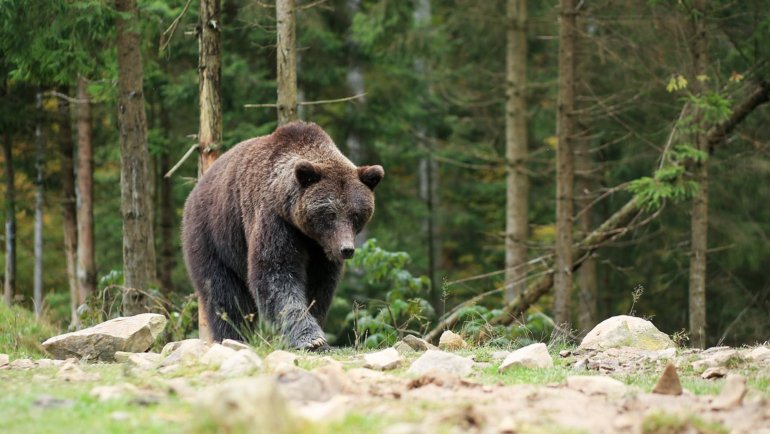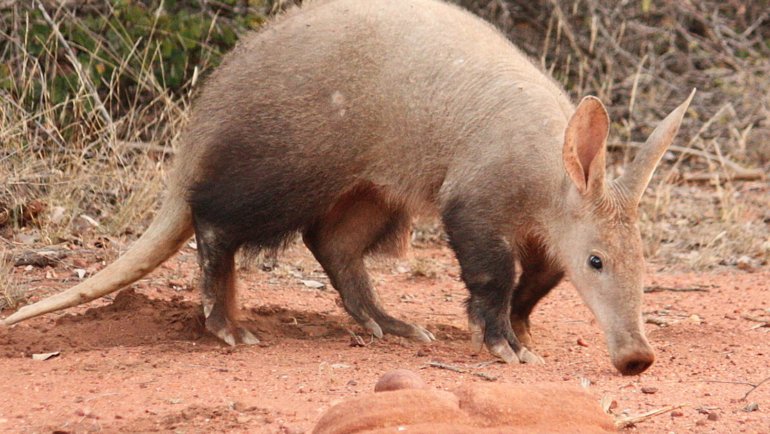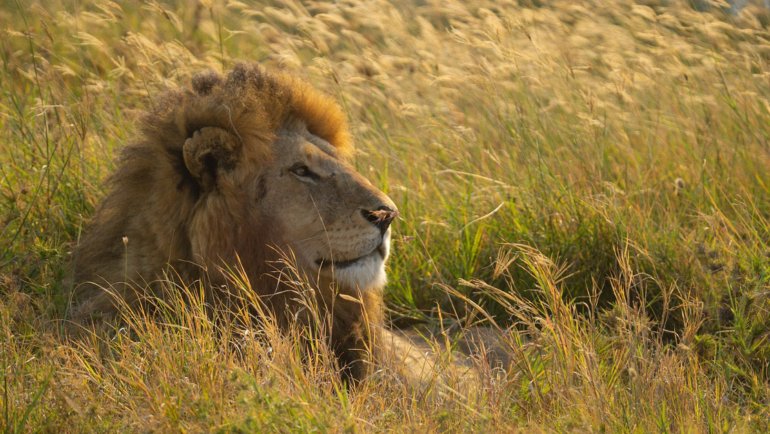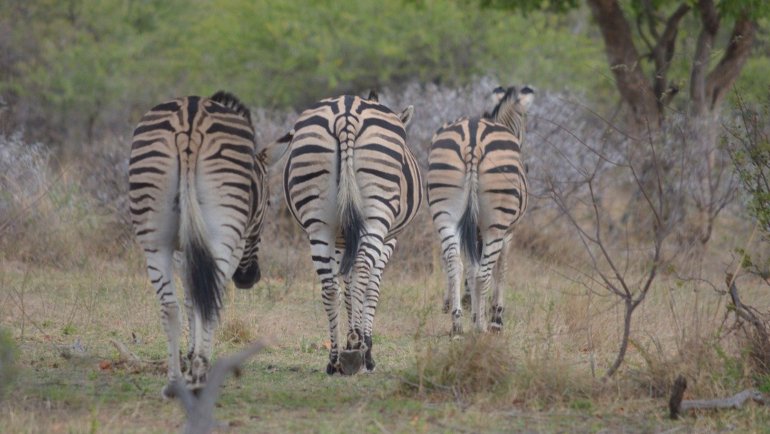Elephant seals, named for their large size and males’ distinctive proboscis resembling an elephant’s trunk, are among the most impressive marine mammals.
These seals are notable not only for their physical attributes but also for their incredible deep-sea diving abilities and unique social structures.
This article aims to provide a comprehensive overview of elephant seals, delving into their classification, behavior, habitat, and the conservation challenges they face.
The Elephant Seal at a Glance
Classification
| Kingdom: | Animalia |
| Phylum: | Chordata |
| Class: | Mammalia (Mammals) |
| Order: | Carnivora |
| Family: | Phocidae |
| Genus: | Mirounga |
| Species: | M. leonina (Southern elephant seal), M. angustirostris (Northern elephant seal) |
Essential Information
| Average Size: | Length: 13-20 ft (4-6 m) for males; 8-12 ft (2.5-3.6 m) for females |
| Average Weight: | 4,500-8,800 lbs (2,000-4,000 kg) for males; 880-2,000 lbs (400-900 kg) for females |
| Average Lifespan: | 20-22 years in the wild |
| Geographical Range: | Southern elephant seal: Sub-Antarctic and Antarctic waters; Northern elephant seal: North Pacific, from Baja California to Alaska |
| Conservation Status: | Least Concern (IUCN Red List) |
Species and Subspecies
There are two species of elephant seals:
- Southern Elephant Seal (Mirounga leonina): The larger of the two species, found primarily in sub-Antarctic and Antarctic waters. Males of this species can grow significantly larger and have a more pronounced proboscis.
- Northern Elephant Seal (Mirounga angustirostris): Found in the North Pacific, from Baja California to Alaska. While smaller than their southern counterparts, northern elephant seals are still among the largest pinnipeds.
The key differences between these species lie in their size, the shape and size of the male’s proboscis, and their geographical distribution. Both species exhibit similar behaviors and life cycles but inhabit different oceanic environments.
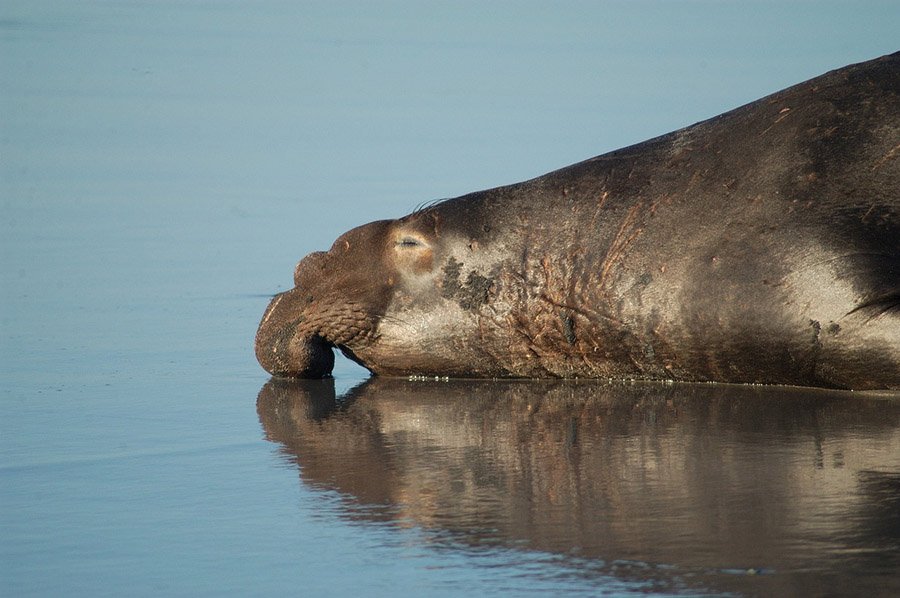
Description
Elephant seals are known for their immense size and sexually dimorphic characteristics. Males are significantly larger than females and possess a large, inflatable proboscis, which they use to amplify loud roaring sounds during the mating season. Their skin is thick and appears wrinkled, with a coloration that varies from grey to brown, often lightening during the molting season.
Both male and female elephant seals have large, round eyes adapted for seeing in the dim light of deep waters. Their flippers are relatively short, with small claws, and their bodies are elongated and streamlined, an adaptation for efficient swimming and deep diving.
Sexual dimorphism is pronounced, with males being much larger than females and having the distinctive proboscis. Females are sleeker and lack the enlarged nose.
Habitat and Distribution
Elephant seals have a circumpolar distribution in the ocean. The Southern elephant seal is found in the cold sub-Antarctic and Antarctic waters, frequenting islands and coasts for breeding.
The Northern elephant seal inhabits the eastern and central North Pacific Ocean, with breeding sites located on offshore islands and remote mainland beaches from Baja California, Mexico, to California, USA.
They spend a significant portion of their lives at sea, often in deep waters far from land, making them well-adapted to an aquatic lifestyle. Their time on land is primarily for breeding, birthing, molting, and resting.

Behavior
Elephant seals are well known for their extraordinary diving capabilities. They can dive to depths of over 4,900 feet (1,500 meters) and stay submerged for up to two hours, feeding on squid and deep-sea fishes.
Elephant seals are mostly solitary at sea but become highly social onshore during the breeding and molting seasons. Males establish dominance hierarchies, often engaging in intense and noisy battles for access to breeding females.
Vocalization is a key aspect of elephant seal communication, especially among males during the breeding season. They produce loud, guttural roars and use their proboscis to resonate these calls. Body postures and physical confrontations also play a role in their communication, particularly in expressing dominance or submission.
The behavior of elephant seals, from their solitary oceanic life to their social and vocal activities on breeding grounds, reflects their adaptation to both marine and terrestrial environments, highlighting the complexity of their survival strategies.
Diet and Feeding Behavior
Elephant seals are deep-sea feeders, primarily hunting in the dark, cold depths of the ocean. Their diet mainly consists of squid, fish, and other marine organisms found at great depths. Southern elephant seals may also feed on crustaceans and cephalopods.
Their hunting strategy involves deep and prolonged dives, utilizing their large body size and oxygen-storing capacity to remain submerged for extended periods. These seals are known to dive repeatedly during foraging trips, spending a significant amount of time at depths where their prey is abundant.
Predators
The primary natural predators of elephant seals are great white sharks and orcas (killer whales), which mainly target juveniles or weaker individuals. The immense size of adult elephant seals, especially the males, offers some protection against predators, but they are not immune to attacks, particularly when in the water.
On land, while molting or breeding, they have few natural predators but can be vulnerable to human disturbances and habitat encroachment.

Reproduction and Life Cycle
Elephant seals have a polygynous mating system, with dominant males maintaining harems of females during the breeding season. Males arrive at breeding sites first to establish and defend territories, often engaging in fierce battles for dominance.
After mating, the gestation period in elephant seals lasts about 11 months, which includes a period of delayed implantation of the fertilized egg. This adaptation ensures that the birth of pups coincides with the female’s arrival on the breeding beaches.
Females give birth to a single pup each year. The mother-pup bond is strong; the mother nurses the pup with rich milk for about a month, during which the pup rapidly gains weight.
After this nursing period, the mother weans the pup abruptly and returns to the sea, leaving the pup to fend for itself. Pups then go through a post-weaning fast before heading to the sea.
The reproductive cycle of elephant seals, with its intense competition among males and the extensive maternal care, underscores the demanding nature of their life in the harsh environments they inhabit.
Conservation and Threats
The conservation status of elephant seals has seen a remarkable turnaround. Historically, both Northern and Southern elephant seals were hunted to the brink of extinction for their oil-rich blubber.
However, with legal protection and conservation efforts, their populations have significantly recovered. Currently, both species are classified as “Least Concern” by the IUCN Red List.
Conservation challenges now mainly involve protecting their breeding and molting grounds from human disturbance and environmental changes. Efforts include habitat protection, monitoring of populations, and research to understand the impacts of climate change and human activities on their marine habitats.
Fun Facts
- Incredible Comeback: Once nearly extinct due to hunting, both species of elephant seals have rebounded, with their populations now in the hundreds of thousands.
- Deep Dive Record Holders: Elephant seals are among the deepest diving mammals, with the ability to dive deeper than 4,900 feet and stay submerged for up to two hours.
- Long-Distance Travelers: They undertake lengthy migrations twice a year, traveling thousands of miles between feeding and breeding grounds.
- Vocal Champions: Male elephant seals have a unique, loud vocalization used during the breeding season for establishing dominance over harems.
- Fasting Experts: During the breeding season, males fast for up to three months, relying on stored reserves, as they focus on mating and defending harems.
Frequently Asked Questions
How can you distinguish between a male and female elephant seal?
Males are significantly larger with a distinctive proboscis (nose), while females are smaller and lack the large nose.
Where do elephant seals live?
Northern elephant seals are found in the North Pacific, while Southern elephant seals live in the sub-Antarctic and Antarctic waters.
What do elephant seals eat?
They primarily feed on squid and fish, which they hunt during deep-sea dives.
Why do male elephant seals have a large nose?
The proboscis is used to amplify their vocalizations during the breeding season, which is key in establishing dominance and attracting females.
How long do elephant seals live?
They typically live for about 20-22 years in the wild.
